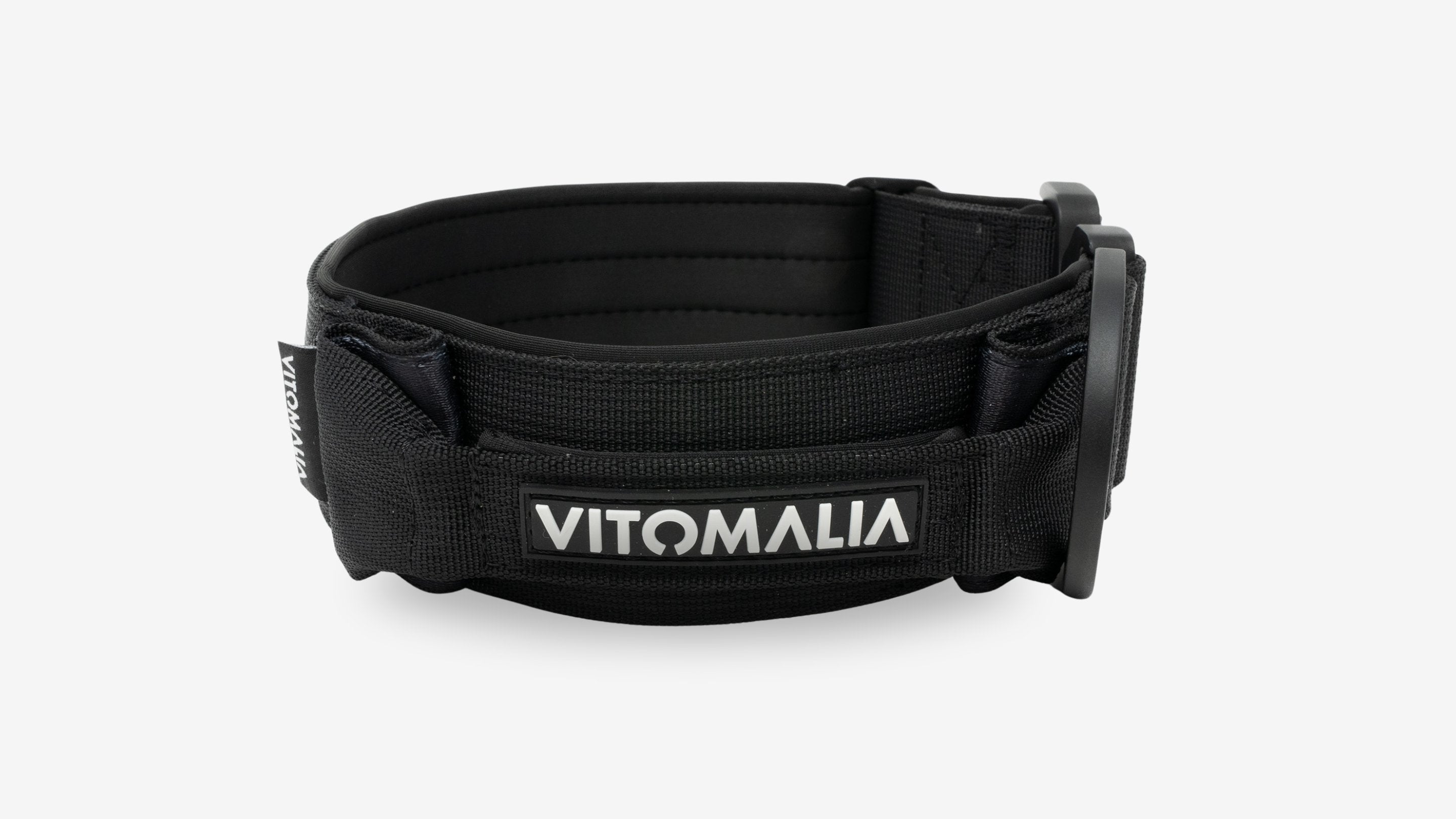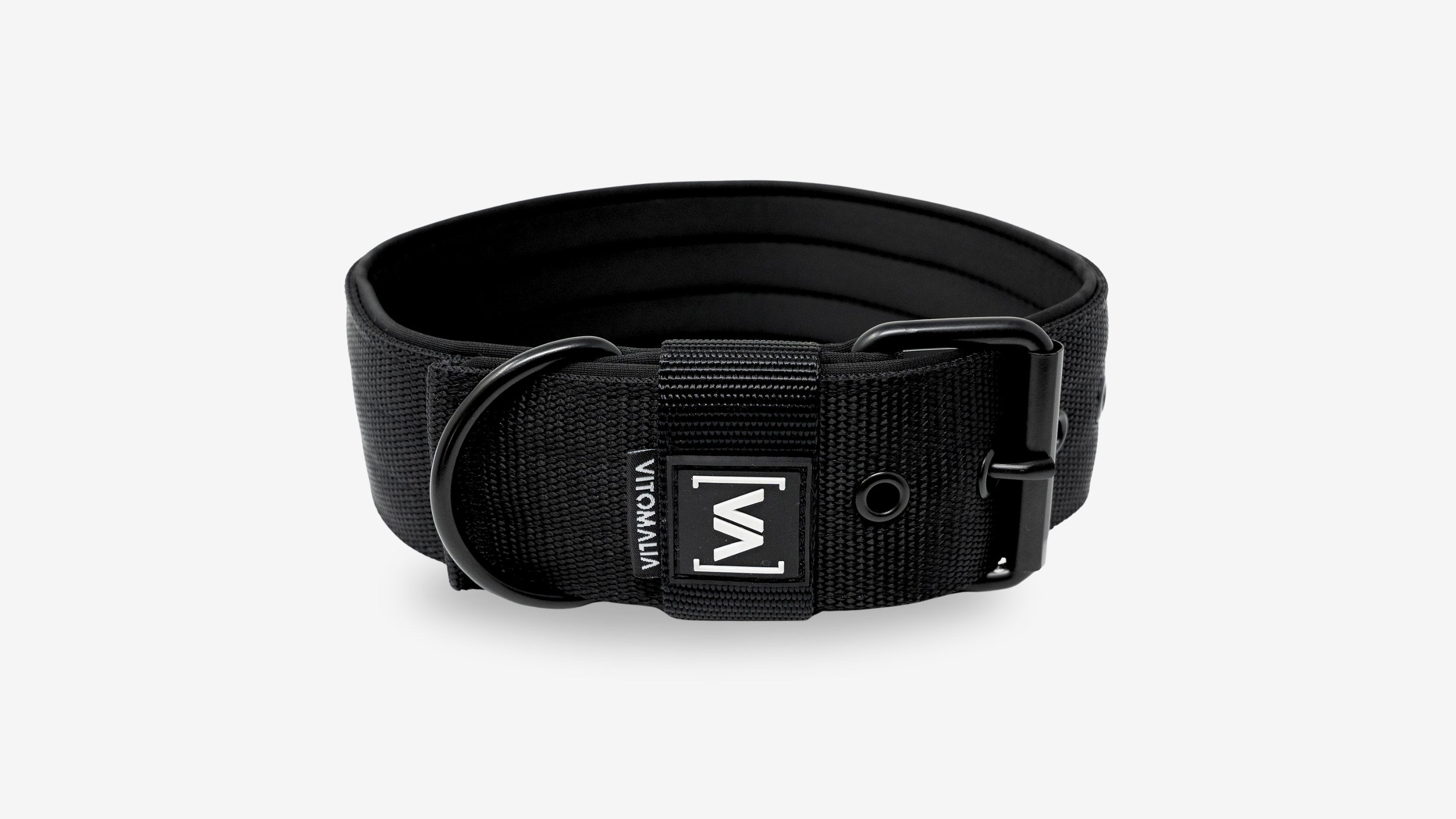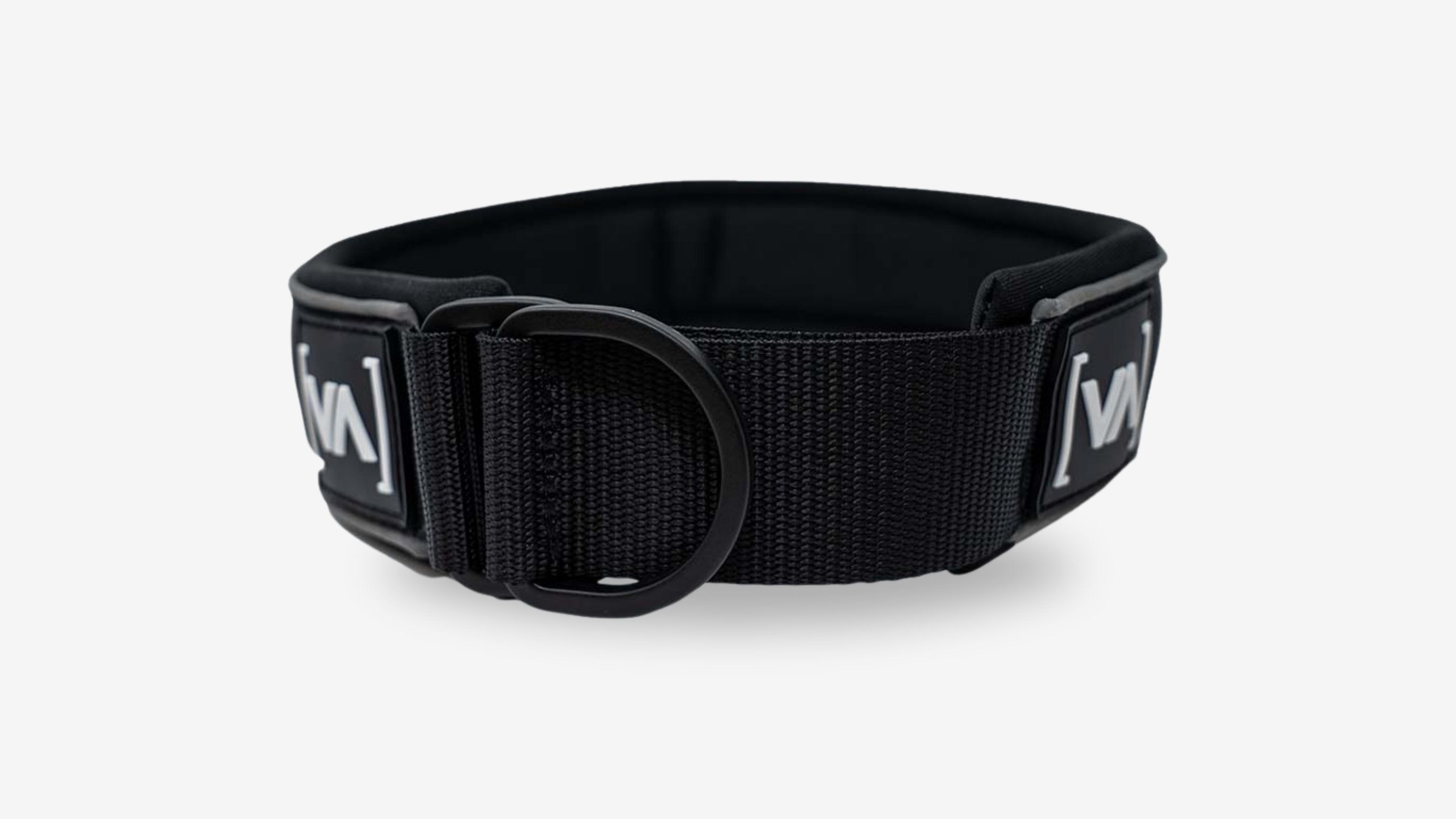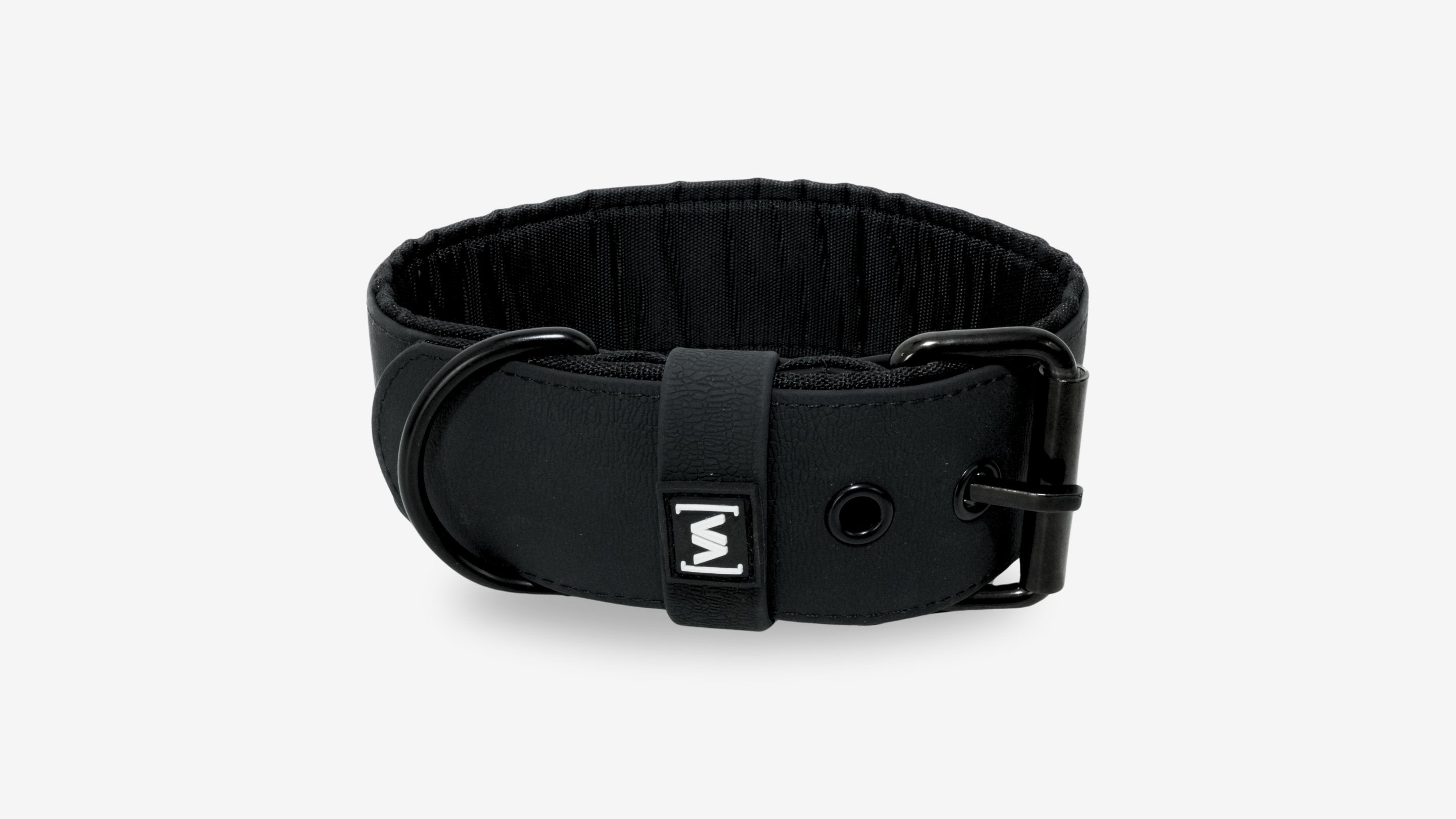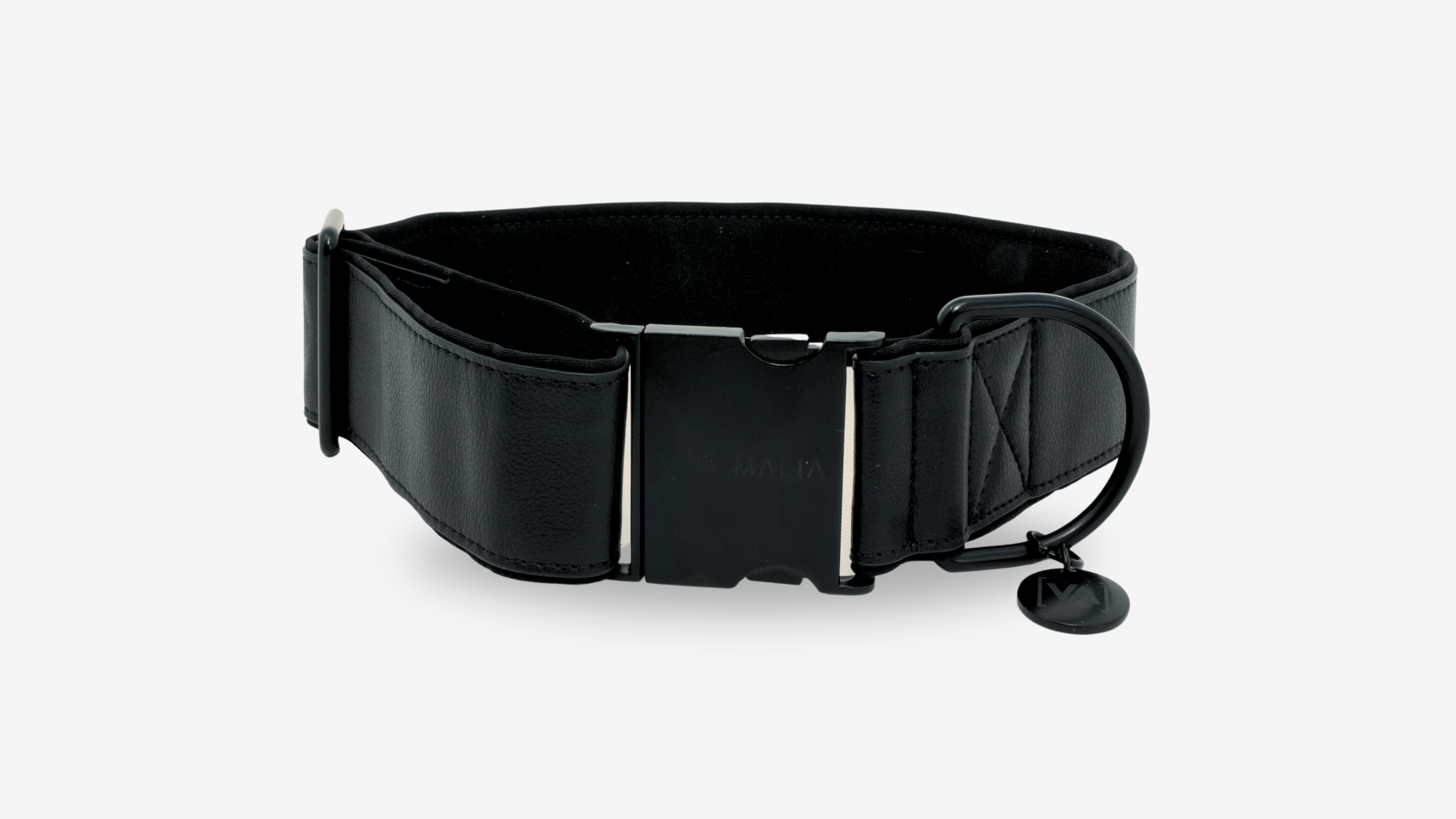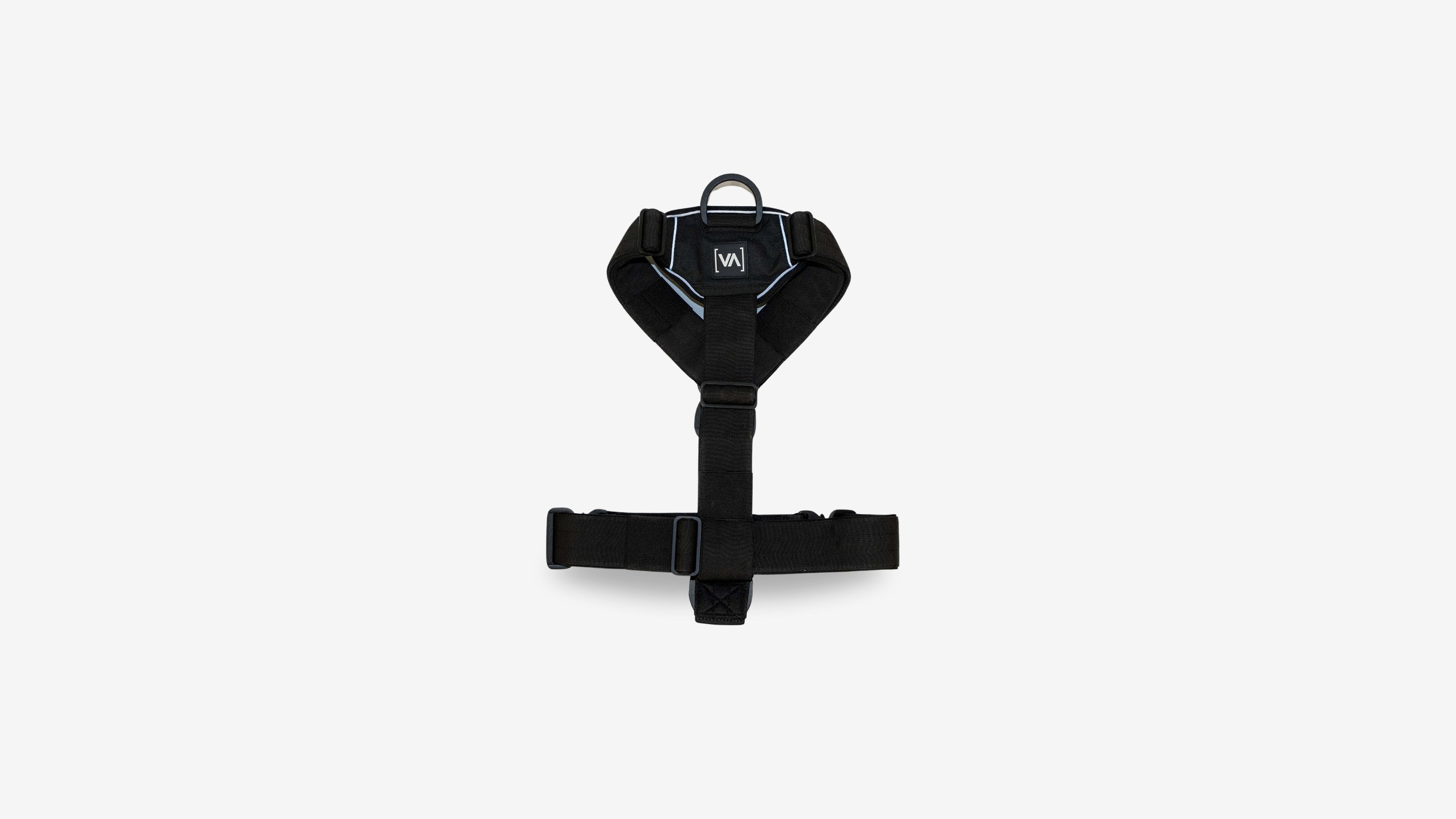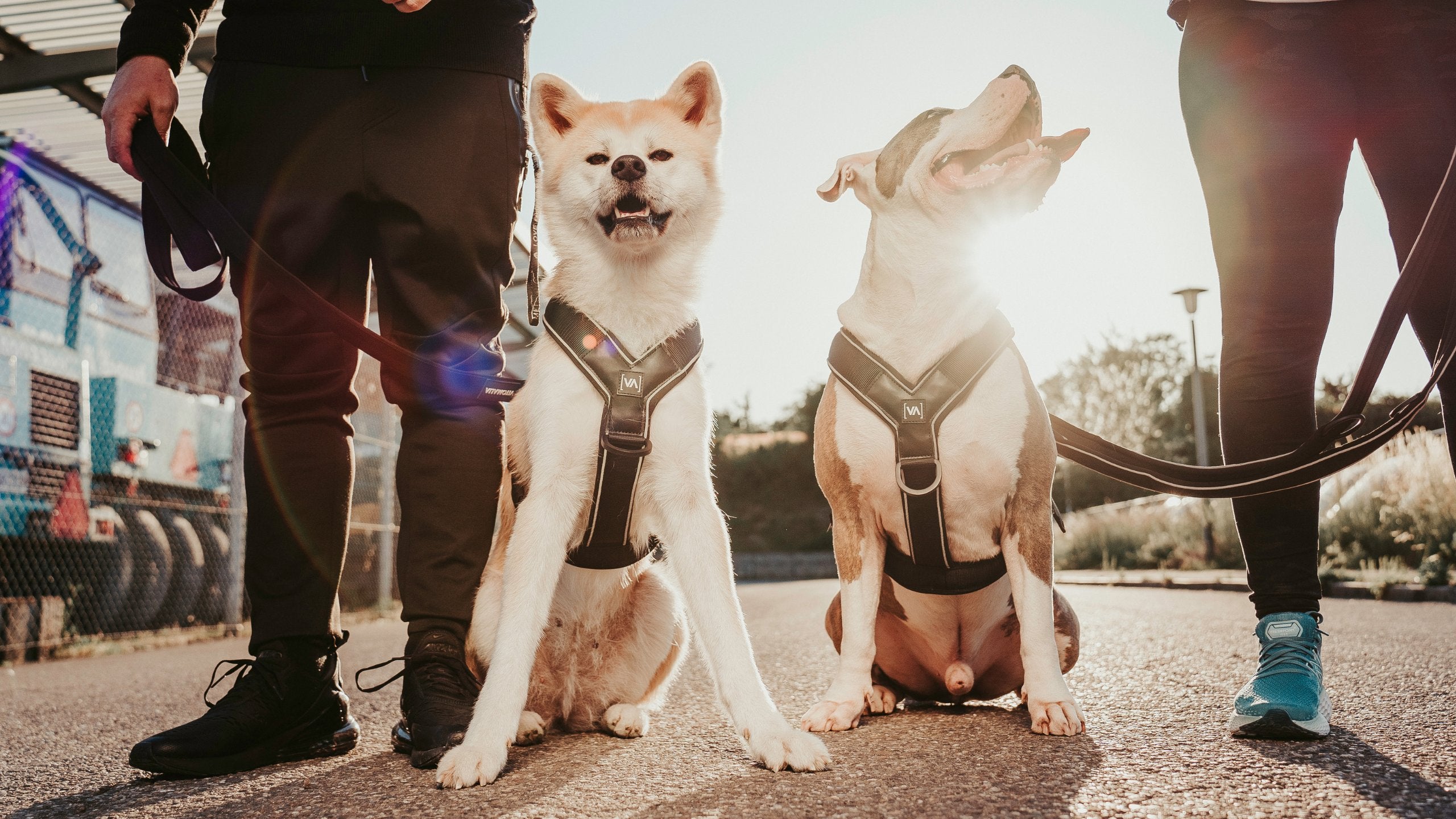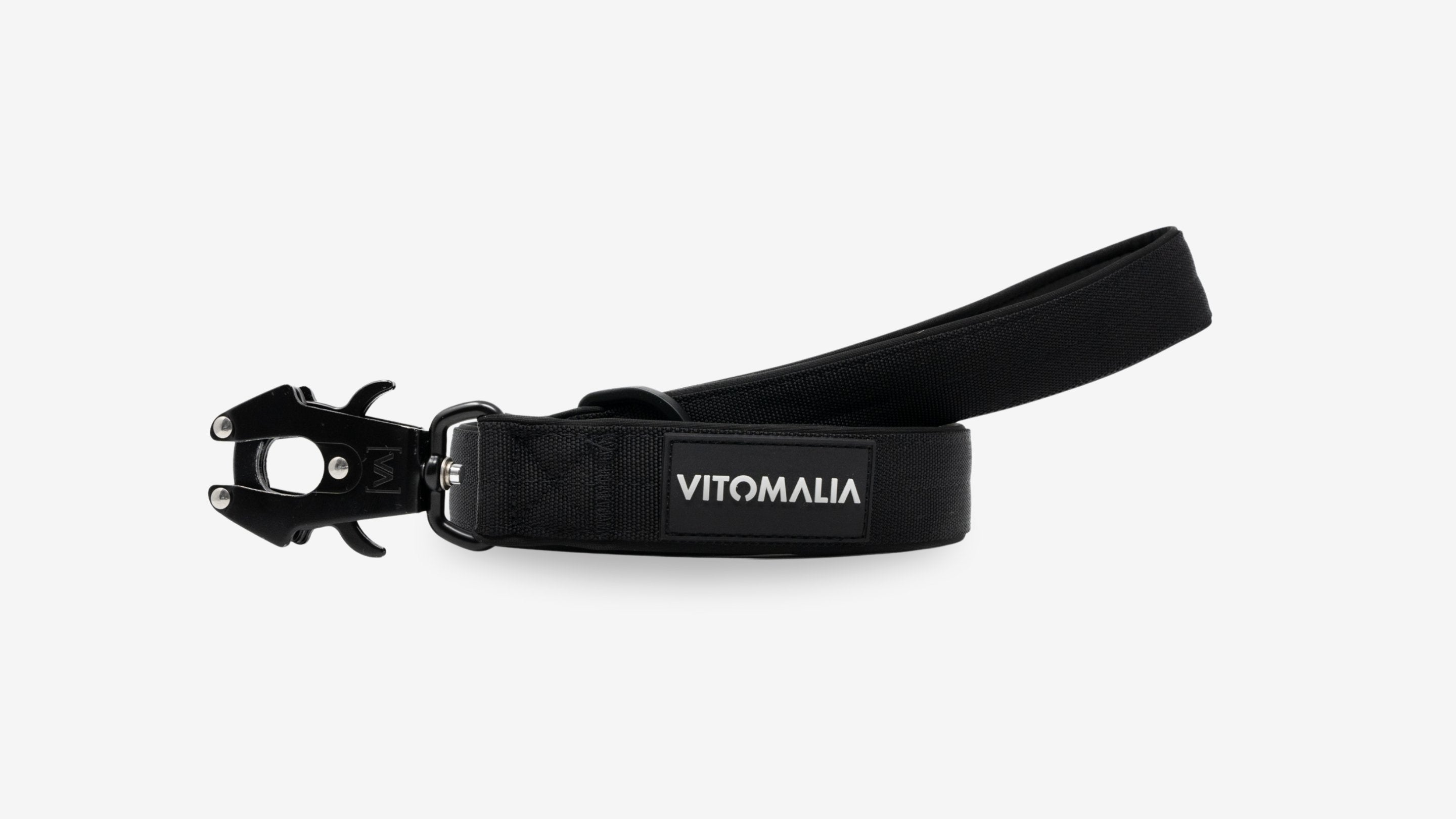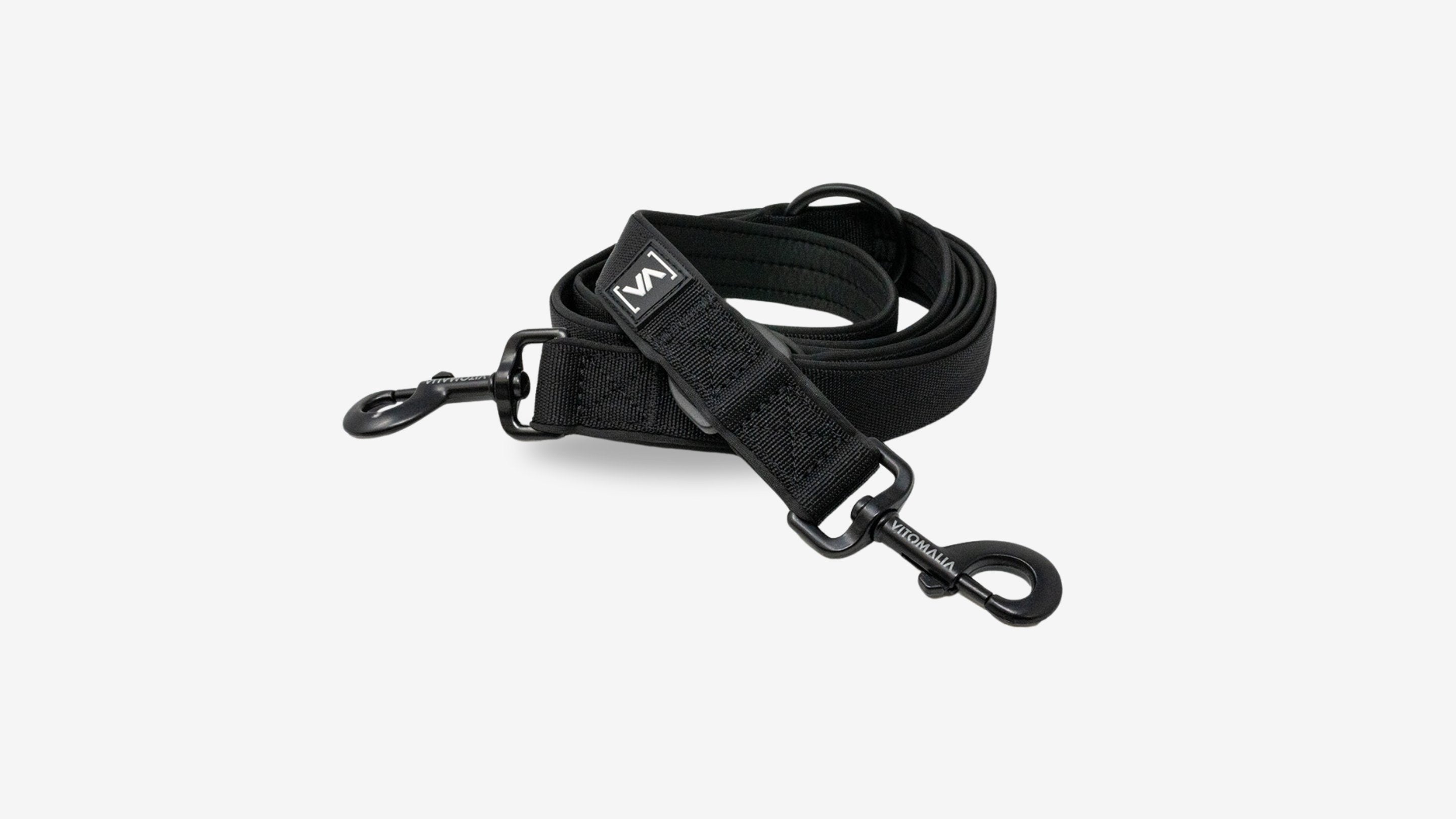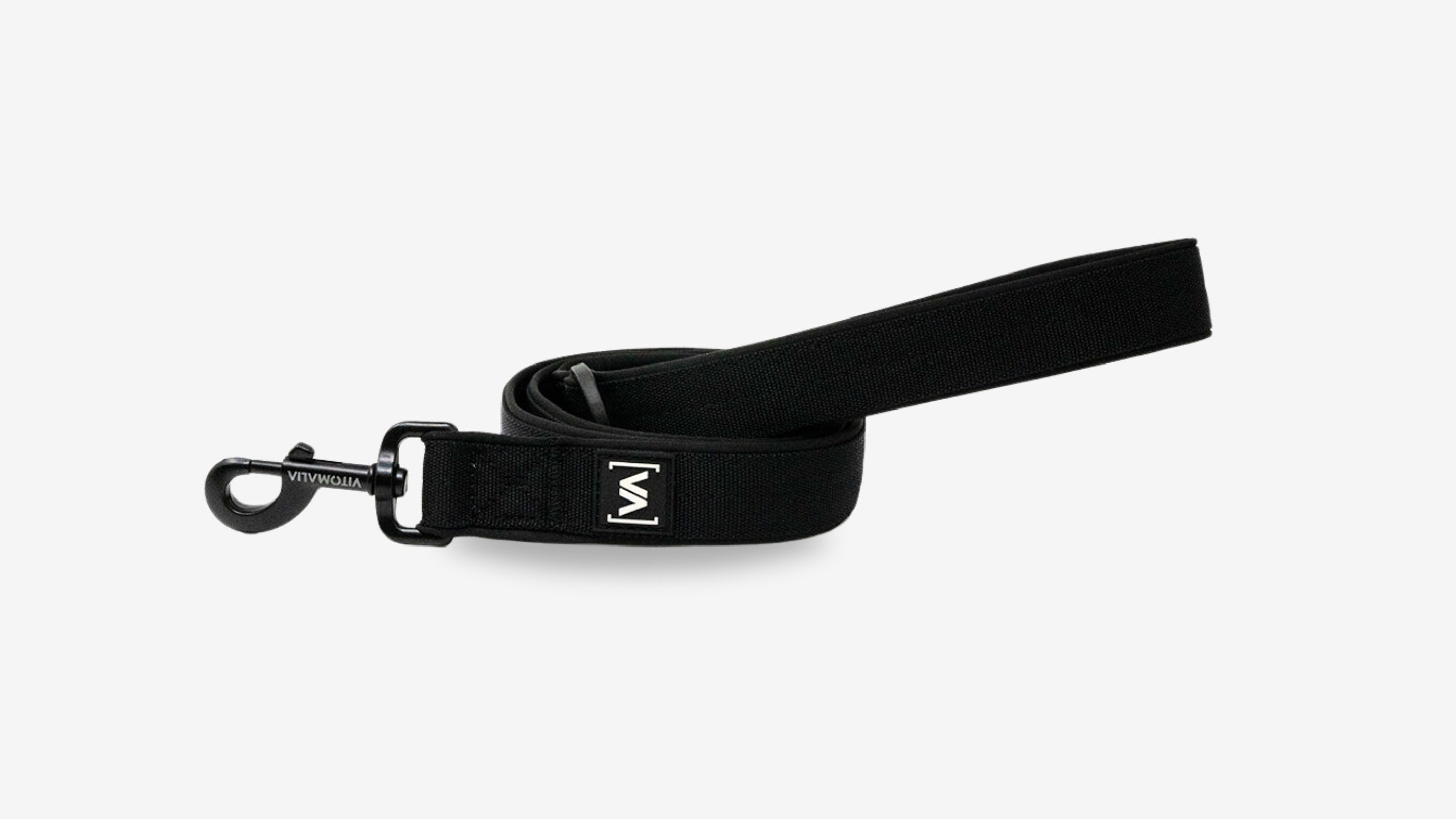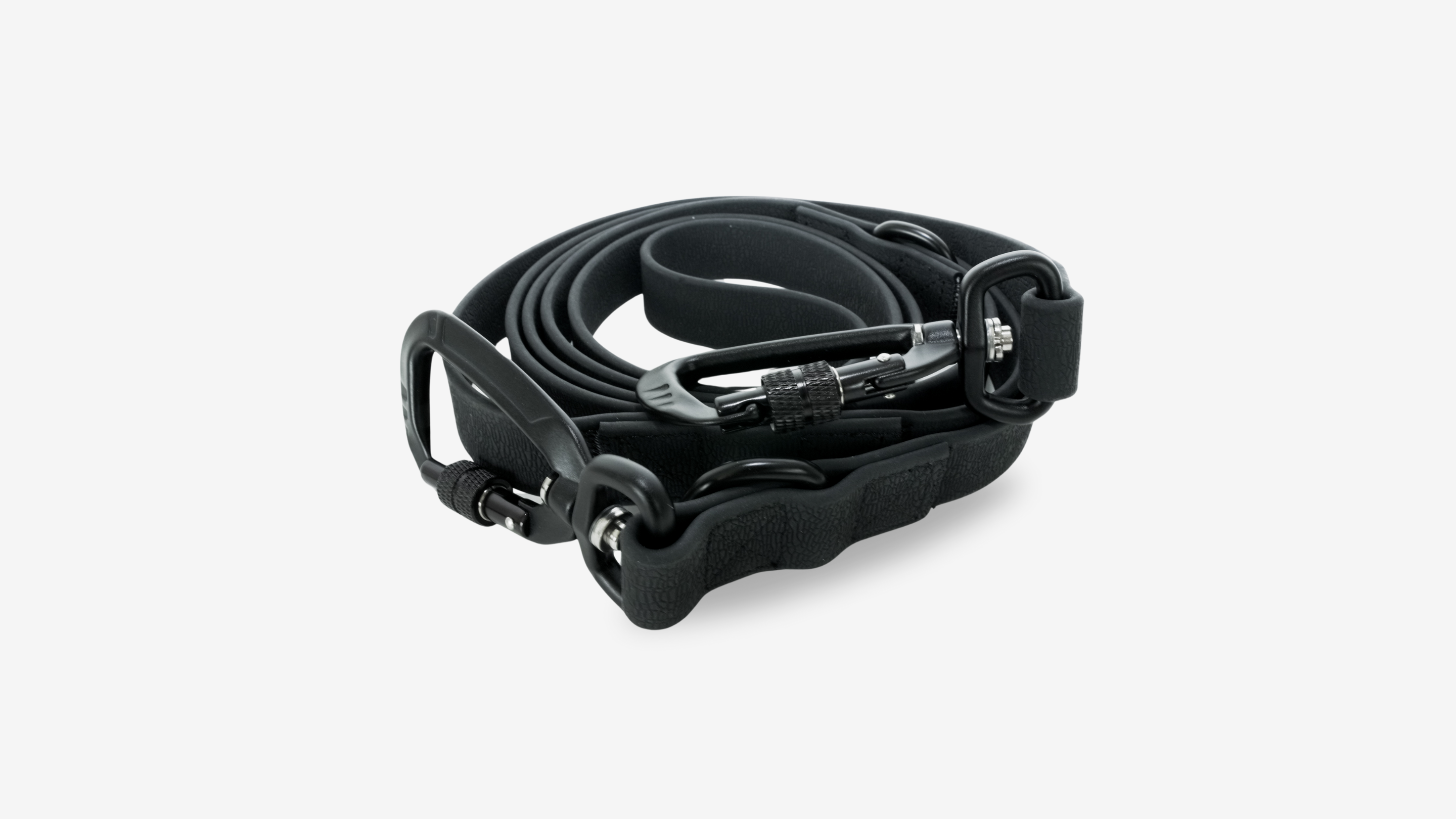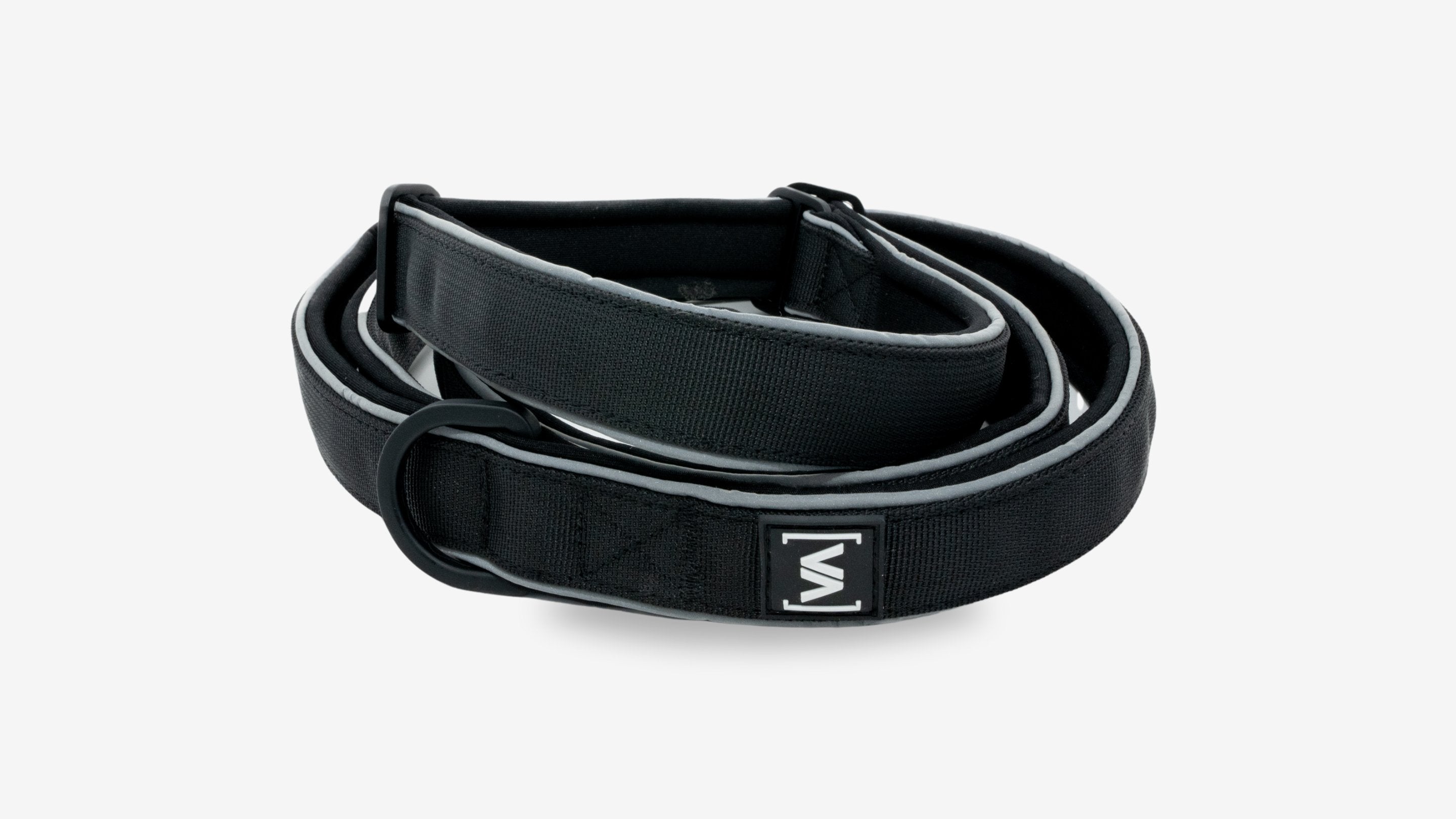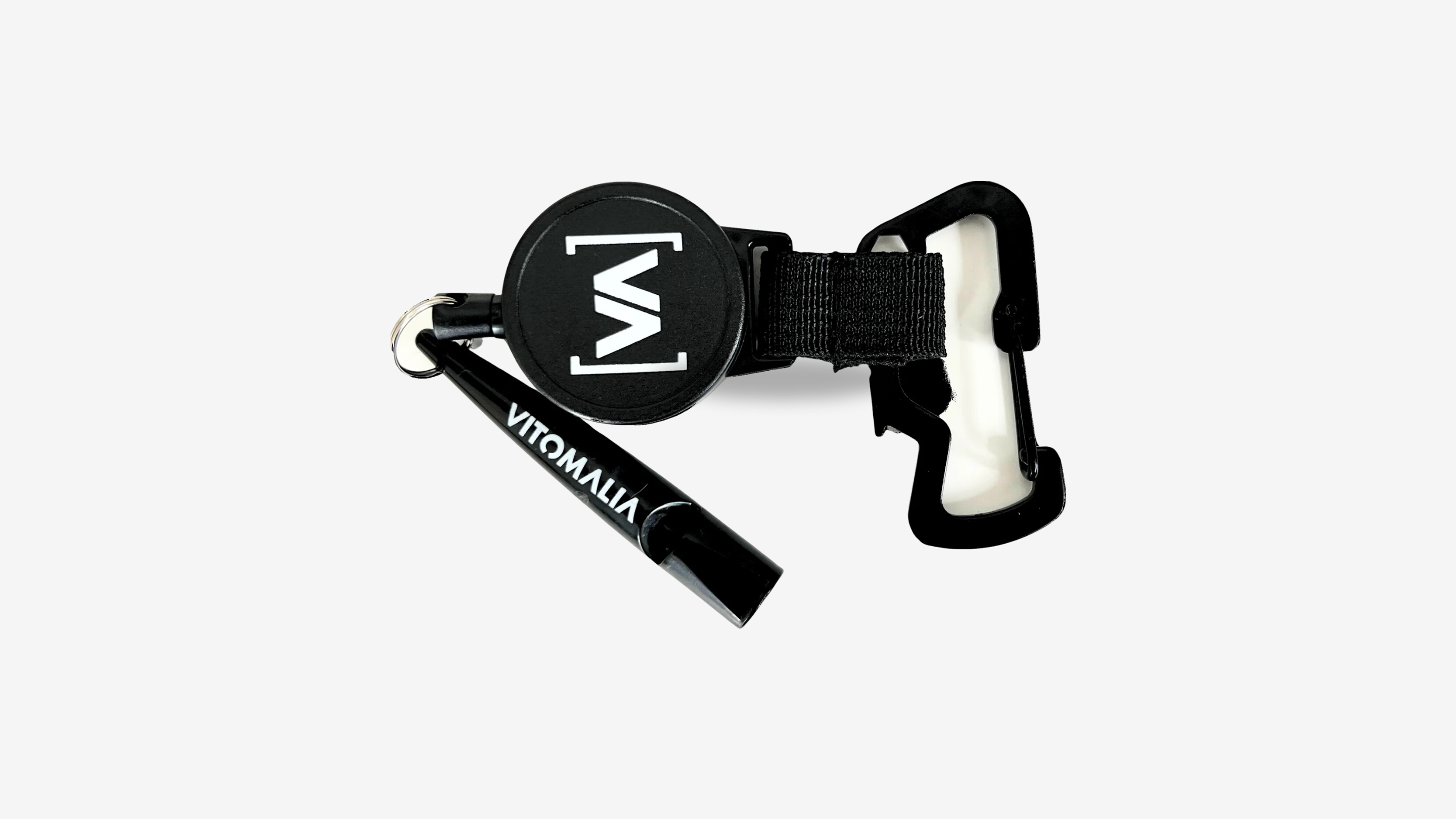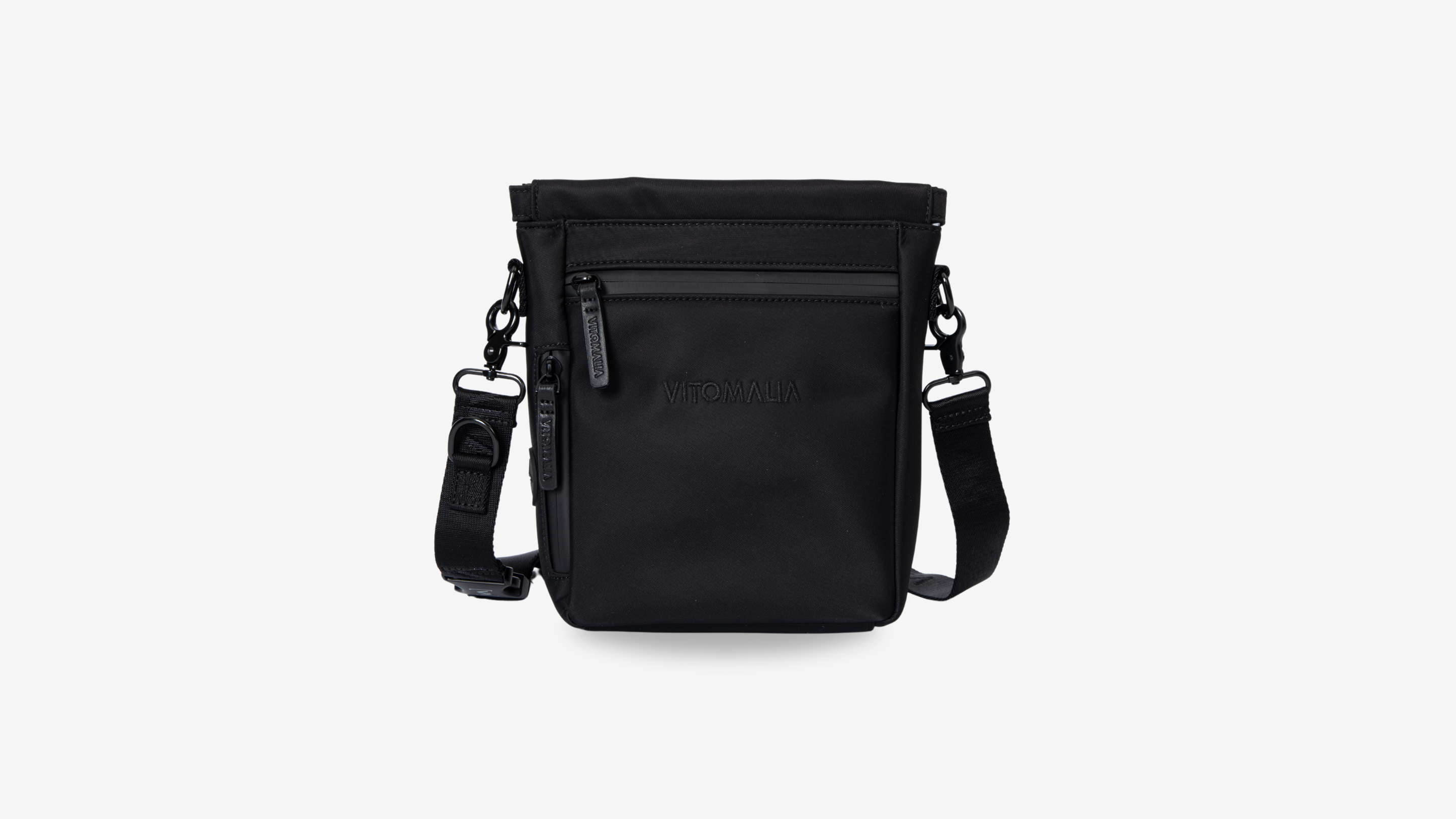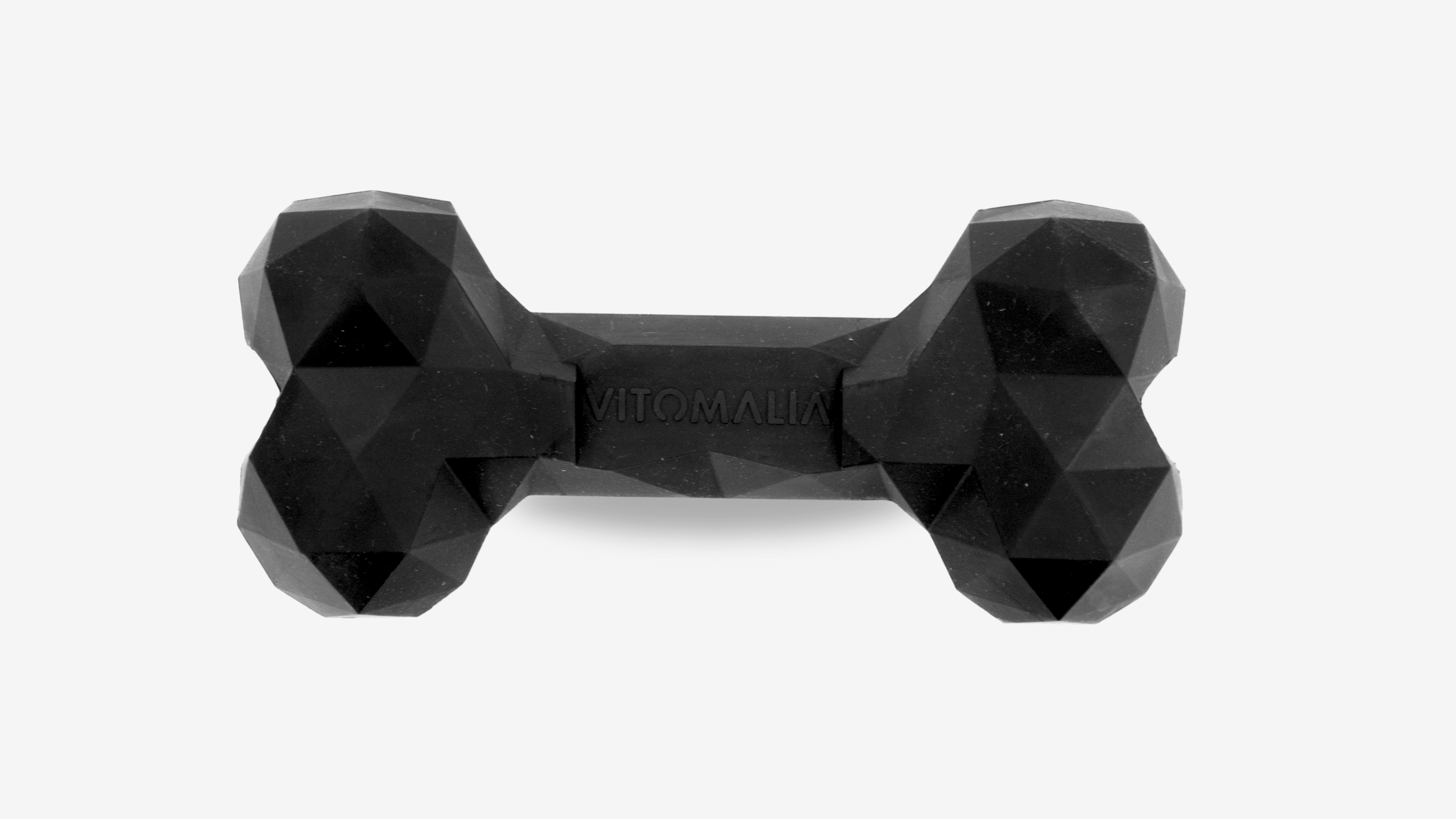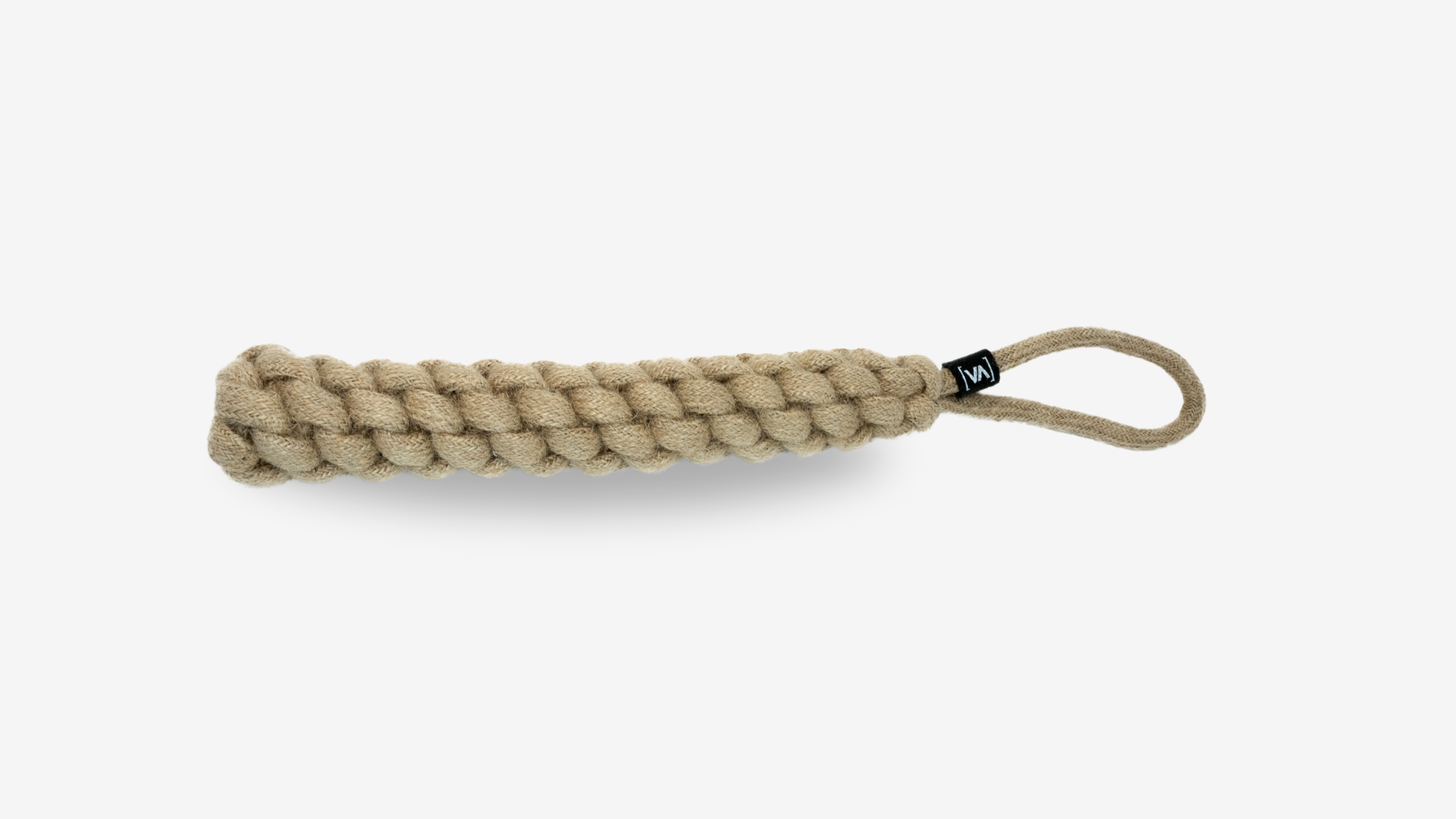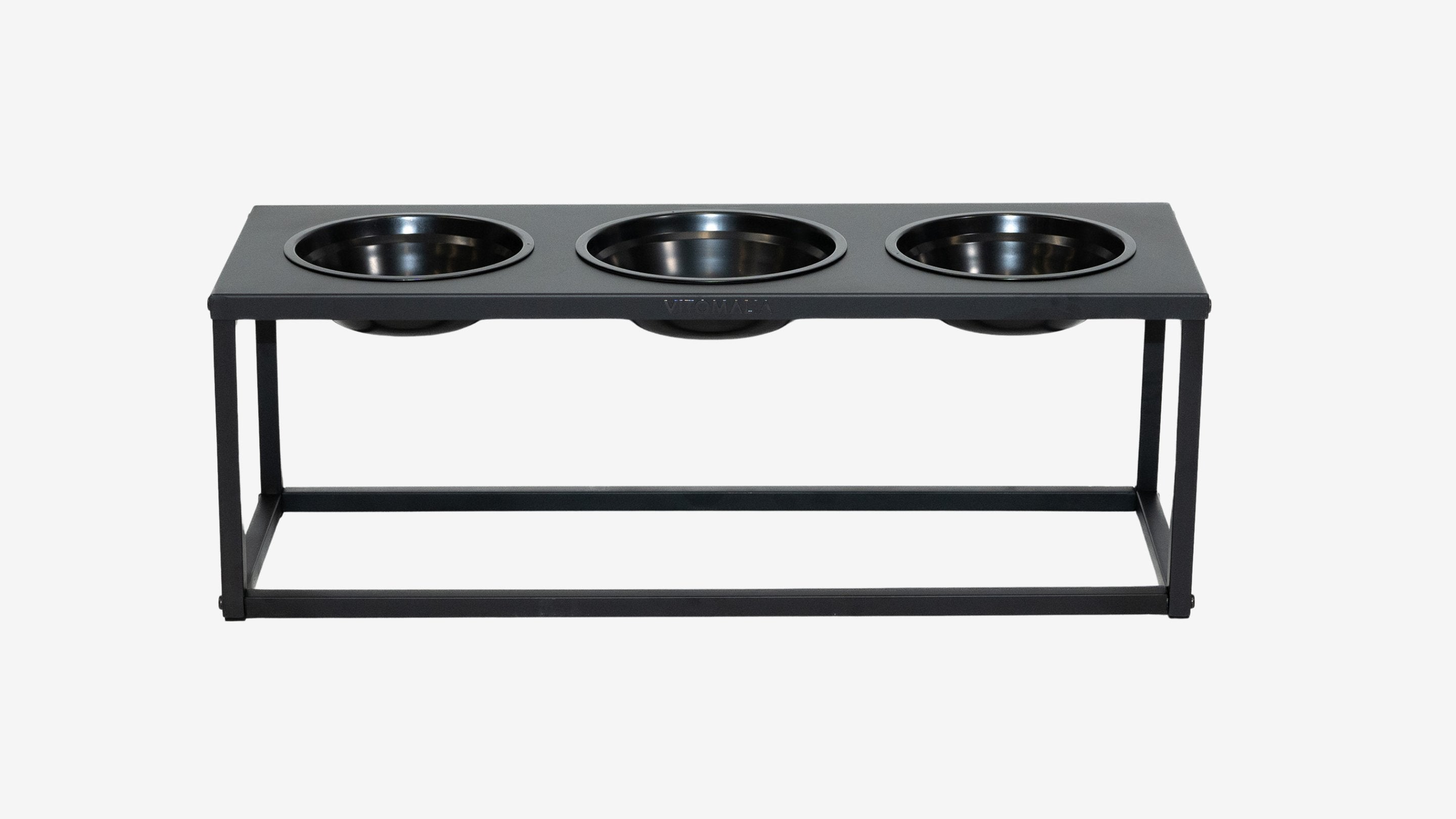Since when do dogs wear coats? A journey through time through the history of dog clothing
Introduction
You've probably asked yourself: Since when have dog coats actually been around? The assumption is that dog clothing is a fad of the last 10 years. But, is this really the truth? In this blog we take you on an exciting journey through time into the history of dog clothing. We explore when and why people began to dress their dogs.
Table of contents
Antiquity
The history of the dog clothing industry is a fascinating journey that is closely linked to the evolution of the relationship between humans and dogs. This relationship between people and dogs goes way back in time. The domestication of the dog from the wolf is considered one of the first and most important stages in human history. Scientific estimates vary, but dogs are thought to have lived alongside humans for around 15,000 to 40,000 years.
The oldest known evidence of a relationship between humans and dogs has been found in the form of dog graves, dated to around 14,000 years before our era. These finds show that there was already a close connection between humans and dogs in the Neolithic period. There is even evidence that this process of domestication began even earlier in some regions, possibly as early as 30,000 to 40,000 years ago.
This long shared history has led to a deep connection between humans and dogs that can still be observed in many cultures around the world today. Dogs have been bred and used for a variety of purposes over time, including hunting, herding livestock, as guard dogs, and of course as pets and companions.
Egypt and antiquity
In ancient civilizations, such as ancient Egypt, dogs were highly respected and often played important roles in religion and society. Hunting dogs were often equipped with special cloaks to protect them while hunting. These cloaks were not only practical, but often displayed the wealth and status of their owners. In some cases they were ornately decorated and served as a symbol of the dog and its owner's high rank in society.
Greece and Rome
In Greek and Roman antiquity, dogs were also used for various purposes and equipped accordingly. Hunting dogs wore protective clothing to protect them from injury from wild animals. In Roman culture there were even special dogs that were used in military conflicts. These war dogs were sometimes outfitted with protective clothing or even small armor to protect them in battle.
Middle Ages and Renaissance
In the Middle Ages and Renaissance, dogs were often kept as status symbols, especially among the nobility. Dogs in armor or with decorative blankets were not uncommon. These decorations served to emphasize the social status of the owner. In many medieval paintings and sculptures, dogs are seen wearing ornate blankets or collars decorated with gemstones and metalwork.
Hunting and guard dogs
In addition to their role as status symbols, dogs were also used practically, for example as hunting or guard dogs. Their clothing here primarily had a functional purpose. Hunting dogs often wore reinforced cloaks to protect them from the claws and teeth of prey. Guard dogs in larger estates or military units were sometimes fitted with special collars to protect them from attacks.
These historical examples show that dog clothing has a long tradition and has taken on different forms and functions over the centuries. From practical protective measures to symbols of wealth and status, dog clothing reflects the culture and social structures of their human companions.

Industrialization and fashion influences in the 19th century
With industrialization and the emergence of the middle class in the 19th century, dog clothing began to develop into its own industry. Increasing urbanization and economic boom allowed more people to keep dogs as pets. During this time, dogs were increasingly seen as part of the family. An emotional bond with pets developed, which was also reflected in the way they were treated and cared for. The idea of clothing dogs became more and more popular. This trend was particularly pronounced in England and America, two nations where pets enjoyed a high status in society.
Influence of the Victorian Era & Belle Époque
The Victorian era in England and the subsequent Belle Époque (ca. 1885 to 1914) were times of abundance and fashion innovation. These eras were characterized by a strong sense of style and aesthetics. The nobility and emerging middle class saw the way they dressed themselves and their pets as a way to display their wealth. Dog clothing therefore became increasingly elaborate and often reflected fashion trends in human clothing.
The proliferation of fashion magazines and the growing importance of public events such as dog shows helped popularize the idea of dog fashion among the general public. Dogs were often presented in elaborate outfits at these shows, which sparked a desire for similar clothing for their own pets among the middle class. Manufacturers responded to this demand with a variety of products, from simple coats to elaborate costumes.

Further development of dog clothing in the context of dog breeding and the FCI association
In the 19th century, alongside the growing popularity of dogs as pets, organized dog breeding also experienced a boom. With the founding of breeding associations such as the Fédération Cynologique Internationale (FCI) in 1911, the breeding and classification of dog breeds was systematized. This promoted the international exchange and import of dog breeds from different countries. With the emergence of new breeds, particularly those with specific coat and body characteristics, new requirements arose for the care and protection of these animals. The introduction of exotic and specialized dog breeds into different climates created new challenges regarding their care. Not all breeds were adapted to the climatic conditions of their new homeland. This made the use of dog clothing to regulate their body temperature and protect them from the elements increasingly necessary.
Fédération Cynologique Internationale (FCI)
The Fédération Cynologique Internationale, or FCI for short, is the largest international umbrella organization for dog breeding and sport. The main role of the FCI is the standardization of dog breeds and the establishment of breed standards. These standards describe the ideal physical and temperamental characteristics of each breed, which serves as a guide for breeders worldwide. The FCI recognizes over 300 different dog breeds and classifies them into ten groups based on factors such as appearance, intended use and history.

In addition to developments in dog breeding, the way dogs were kept also changed in the 19th century. They increasingly became pets that lived indoors rather than outside. This change in the dogs' lifestyle meant they were less adapted to outside temperatures. Their fur alone was often no longer enough to protect them from cold or extreme weather conditions, especially for breeds with short or thin fur.
Dog clothing therefore evolved to meet these new requirements. It no longer just served as a fashion accessory, but was increasingly seen as an important part of a dog's well-being. Coats, sweaters and even shoes are designed to protect dogs from cold, wet and rough surfaces.
The Second World War, like many other aspects of daily life, also had an impact on the dog clothing industry, although these effects are less direct and obvious than other industries. During this time the focus shifted more to functionality than fashion. For dogs used in military service, such as medical or intelligence dogs, special equipment was developed that was tailored to their needs. This equipment included protective vests, shoes to protect paws, and other functional clothing that helped the dogs perform their duties in wartime conditions.
After the war, there was a revival and further development of the dog clothing industry. The post-war years saw a boom in pet ownership as people sought comfort and companionship in pets. This led to an increased demand for dog clothing, both for practical and fashion reasons.

Modern breakthroughs and trends in dog clothing
Over the past few decades, the dog clothing industry has evolved greatly with significant technological advances in both the materials used and the designs of the clothing. Advanced fabrics that are breathable, water-repellent and thermoregulating have significantly improved the functionality and comfort of dog clothing. These innovative materials provide optimal protection in various weather conditions without restricting dogs' freedom of movement.
In addition, modern dog clothing increasingly takes into account the different body shapes and sizes of different dog breeds. Adjustable closures, elastic fabrics and tailored options ensure the clothing fits optimally and is comfortable for the dog. Another exciting trend in the industry is the introduction of “smart clothing”. Some manufacturers integrate technologies such as GPS trackers, fitness monitors or even heated elements into dog clothing to increase the animals' safety and well-being.
In summary, modern dog clothing is a dynamic field that is constantly evolving through technological advances as well as pop culture influences. These factors help ensure that dog clothing is not only functional but also a fashion statement that reflects the close relationship between people and their pets.
Vitomalia's conclusion
The evolution of dog clothing reflects the deep and changing relationship between people and their dogs. From its functional origins in ancient civilizations to the fashion and technological innovations of modern times, dog clothing has evolved as an important piece of equipment designed to promote the well-being of our dogs - then and now. Significant change occurred with industrialization and the establishment of organizations such as the FCI in the 20th century. Systematized dog breeding and the international import of dog breeds led to a diversification of the dog population, which in turn created new needs for the protection and care of these animals.
The emergence of different breeds that were adapted to specific climatic conditions created an increased need for functional dog clothing. This development is reflected in modern dog clothing, which now not only serves as a fashion accessory, but also makes a significant contribution to the protection and well-being of the animals in their new environment. Today, dog clothing is a symbol of the care and protection of the animal.
This development shows how the dog's role has changed over time and how much their needs and well-being are recognized and valued.
Since when have dog clothes been around?
Dog clothing has been around since ancient times. Historical reports and works of art show that dogs were equipped with clothing in ancient civilizations such as Egypt and Rome, usually for functional reasons such as protection during hunting or war.
What role does the FCI play in the dog clothing industry?
The FCI (Fédération Cynologique Internationale) has indirectly influenced the dog clothing industry by promoting systematized dog breeding and the international importation of dog breeds. This led to a diversity of breeds with different needs, particularly in terms of climate adaptation and protection, which increased the need for specialized dog clothing.
